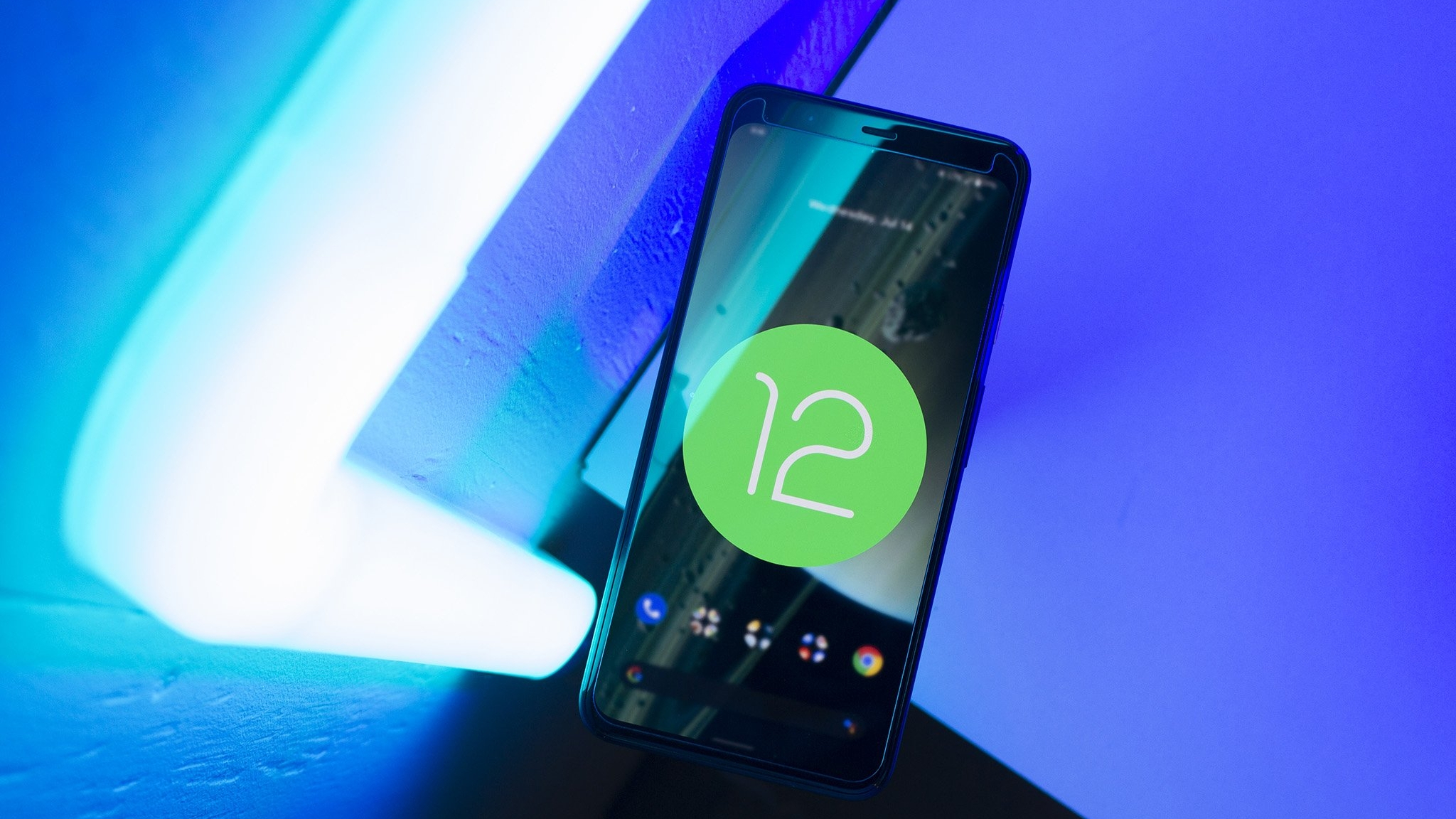Google Pixelbook, 3 months later: Still the best, still frustrating
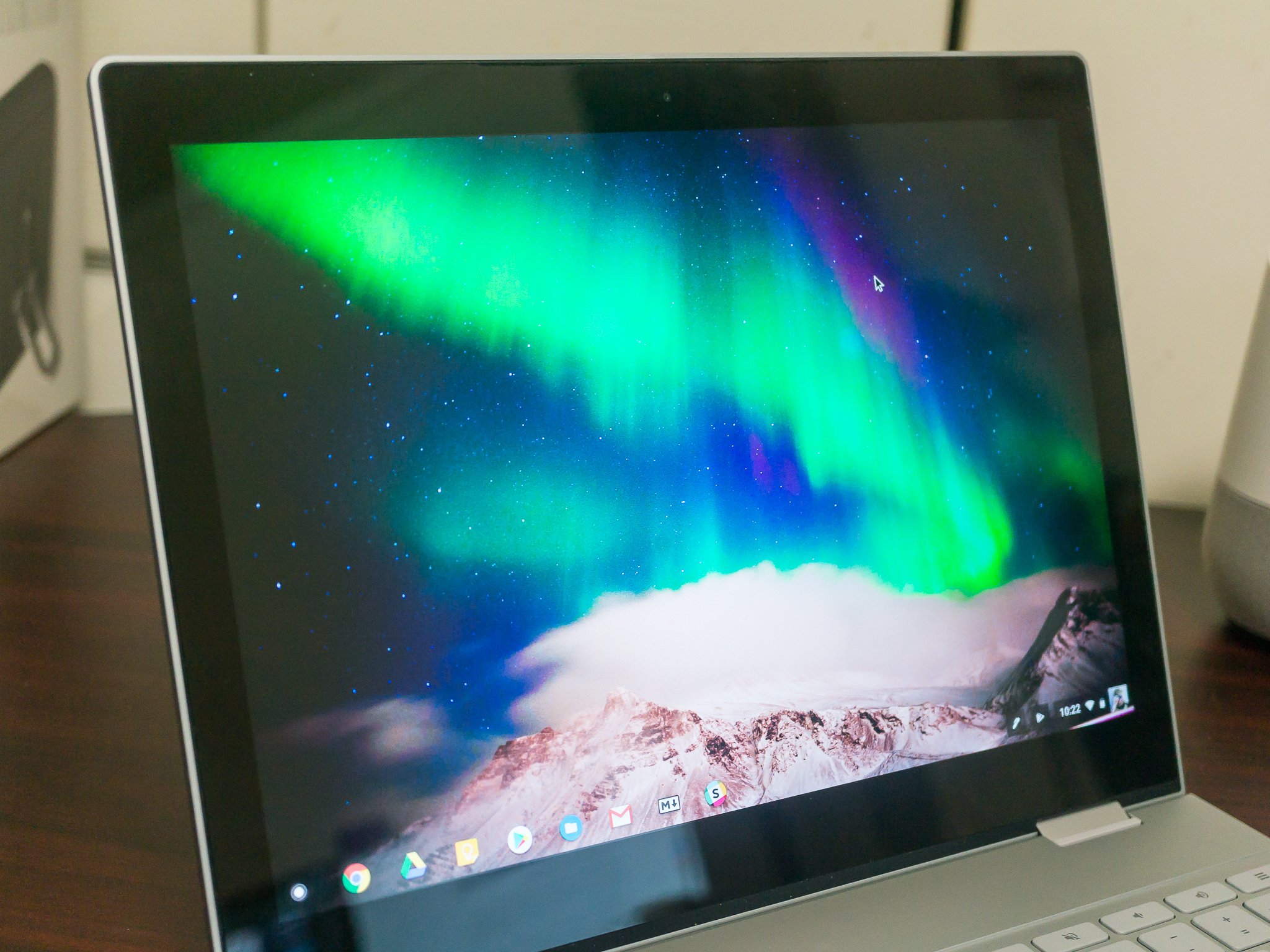
It's been three months since we saw Google's latest in the line of Chromebook Pixels, which brought a pretty major shake-up to Google's high-end and expensive as ever line of Chromebooks. The Pixelbook is less of a laptop and more of an all-in-one mobile device that is ready to take on the wild world of Android tablets.
Fancy looks and new features aside, it's still the halo product for Chromebook developers and needs to be a bulletproof way to showcase everything Chrome has to offer. In that regard, it has some very big shoes to fill as its predecessors may not have had the same svelte and futuristic look but were easily some of the best laptops you could buy from a hardware and design angle.
Let's see how that's working out after using it for three months.
Lovely to see, beautiful to use
The Google Pixelbook What's still great
It's only been three months, but the hardware is living up to its full potential in every way. I'm still using the same base model Pixelbook I used when I wrote the review, so that means packed inside you'll find a 7th generation Kaby Lake Intel Core i5 processor, 8GB of DDR4 RAM, and a 128GB SSD. All this sits under a 12.3-inch 2400x1600 LCD that's bright and beautiful. That's the same type of hardware you would find in a high-end laptop from any company, though getting it all inside a razor-thin body (0.4 inches closed) isn't nearly as common.
You can't help but love the way this hardware runs, or the way it looks.
This level of hardware is absolute and without a doubt overkill for Chrome OS, whether you're using Android apps or not, but it's fun to know you have it ready and wanting to do something.
Having zero performance hit or software slowdowns after just three months is pretty standard for a Chromebook, though. Things are almost always responsive like they were when new until you fill the storage past 80% or so but it's always remarkable how snappy everything is when I'm on my Pixelbook.
Be an expert in 5 minutes
Get the latest news from Android Central, your trusted companion in the world of Android
I'm also still very happy with the way Android apps perform when compared to any other Chromebook. When Google first put Android inside Chrome, Intel processors could get weird. Really weird. There were no repeatable symptoms from a user standpoint, but they were a lot jankier than ARM Chromebooks. Google seems to have that sorted, and while the Pixelbook is the only Intel Chromebook I'm using with Android apps, I think this is an OS thing and not specific to the Pixelbook. Either way, I'm happy with how things have aged here so far.
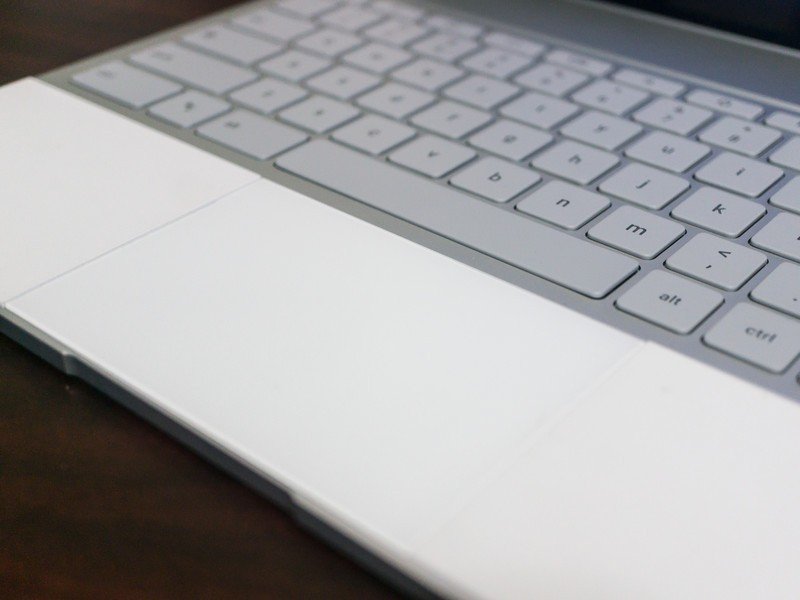
The software runs well on the hardware, but just as importantly, the hardware has held up in the looks department. I was worried when I saw a white silicone wrist rest on the Pixelbook because I like to use it in the same room that an ancient Franklin-style wood stove lives in and nothing white can escape what I like to call "the sootening." As predicted, I've touched the wrong thing and put a soot-covered hand on the Pixelbook once or twice, but a damp cloth has always done the job and the white silicone wrist rest is still white.
My fears of how well the white silicone would age have disappeared.
Some things are better than they were when the review was written, most notably the support for multiple Chrome browser windows in tablet mode that came from an OS update. Chrome has never really offered much in the way of window management, but when a device designed to be used as a tablet as much as it is used as a laptop comes into the picture, something needed to be done. Changes to the Chromium source code suggest the same treatment is on the way for Android apps. Let's hope it arrives soon because it's sorely needed.
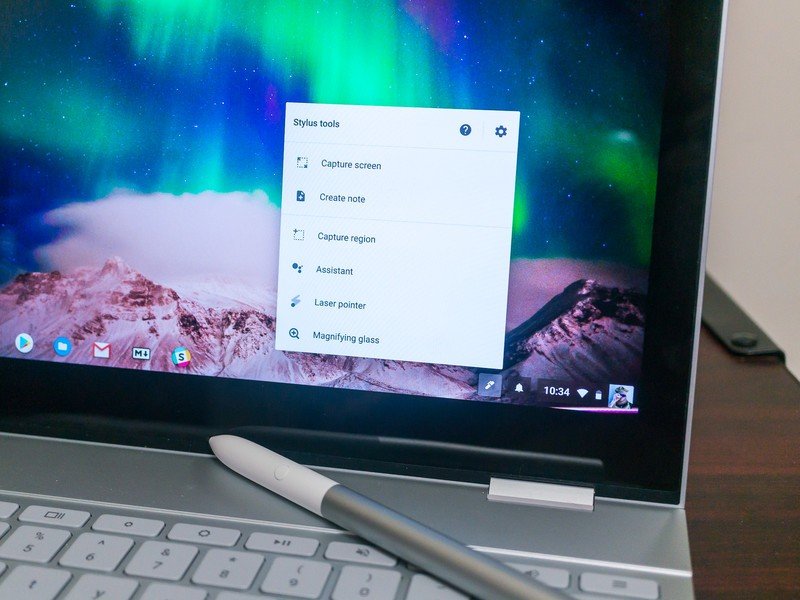
How soon is now?
The Google Pixelbook What's not as great
Nothing is perfect, but for the most part, the Pixelbook has lived up to my lofty expectations. There are a few things that haven't fulfilled their promise though.
I'll start with Google Assistant. It works just as well as it did when I first tried it, but so far nothing that makes it a must-have has been added to the software. Maybe we are missing the Google of old that would throw features out left and right, only to get rid of all the bad ones, but I had hoped there would be some fancy updating in the months since release. It's obvious that something's changed in the way the Pixelbook Pen can trigger assistant because several developer builds have broken it, which is the norm for early testing.
Android apps just work on the Pixelbook; I want them to just work well.
Now let's move on to the biggest single disappointment, which would be Android app support. It may seem strange to see Android app support listed and both good and bad, but there's a difference between supporting a thing and supporting it well.
Android apps, for the most part, just work. That's true of almost every Chromebook with Google Play support. But here we are, two years later, and that's as far as things have moved. Getting the ability to run over one million apps on any platform with one small user-facing change is great, and I can see why Google says Android apps and Google Play for Chromebooks is a big deal. In fact, I agree. But three things are lacking: developers supporting a bigger screen layout efficiently and beautifully, tools for Android developers to do that easily, and tools for end-users to run the apps they need all at once effectively.
I'm able to find apps that work for anything I need to do, but I'd much rather be able to find apps that work a little bit better. This isn't a Pixelbook problem as much as a Chrome problem, but I'm here using the device I expected to change things for the better and so far it hasn't. Google I/O 2018 is coming up soon and, hopefully, I won't leave as disappointed in this space as I was when it started.
I'm still looking for a reason to use a Pen when I'm not doodling.
I want to say that the Pixelbook Pen hasn't wowed me, but I think that comes down to two things that aren't really a problem — I'm not sure how a Pen can change the way I use a Chromebook for the better, and Google hasn't given me any ideas. It works just as well as it did when I first started using it, and things like doodling (which is basically all I use it for) are fun and easy. It just seems a shame that a piece of hardware that works so well rarely comes out of the sleeve I'm using to carry the Pixelbook around.
These issues may seem small, and they aren't really problems that have appeared since I reviewed the Pixelbook. But they are just as important for the user experience, and they need to be addressed by Google.
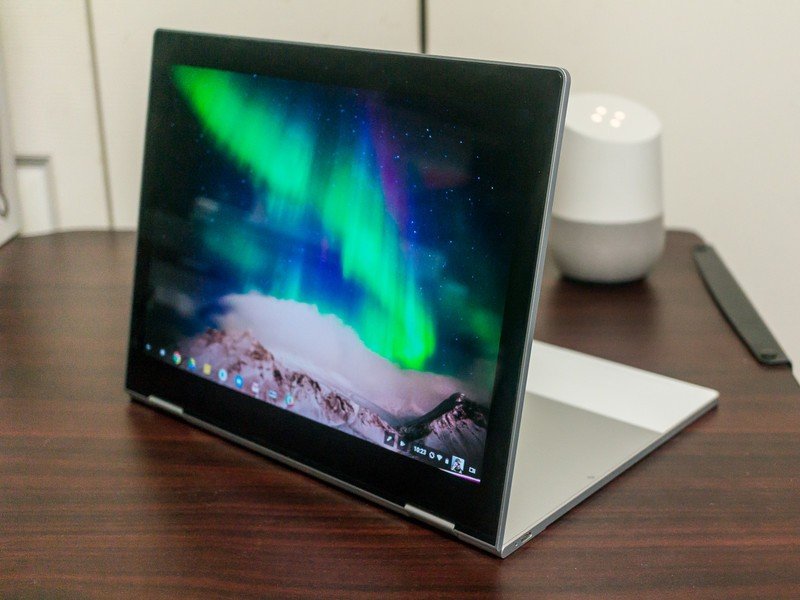
That's a lot of money
Three months later Has anything changed?
Writing an entire section about things I don't like very much sounds as if I'm not happy with the Pixelbook. Nothing could be further from the truth and after using it every day for three months I have the same impression of it as I did in the beginning: The Pixelbook is fan-f***ing-tastic if you are a Chromebook user.
Nothing has changed as far as my recommendation here and I still think that most people would be happier if they bought a Samsung Chromebook Plus because it's almost $700 cheaper and delivers 90% of the same experience.
There's a very distinct market for the Pixelbook — someone who uses a Chromebook to do everything and is willing to spend too much money to get Google's best product. There is value in being the thinnest or having the best tablet experience or getting a better keyboard and trackpad. This is what sells MacBook Pros and SurfaceBooks, and why the Pixelbook exists.
If you can walk away feeling that it's worth spending the extra money for this, then I can still recommend the Pixelbook as one of the best purchases you could make, even if you're ready for more from the software like I am.

Jerry is an amateur woodworker and struggling shade tree mechanic. There's nothing he can't take apart, but many things he can't reassemble. You'll find him writing and speaking his loud opinion on Android Central and occasionally on Threads.
